The wonders of birdwatching in Tanzania
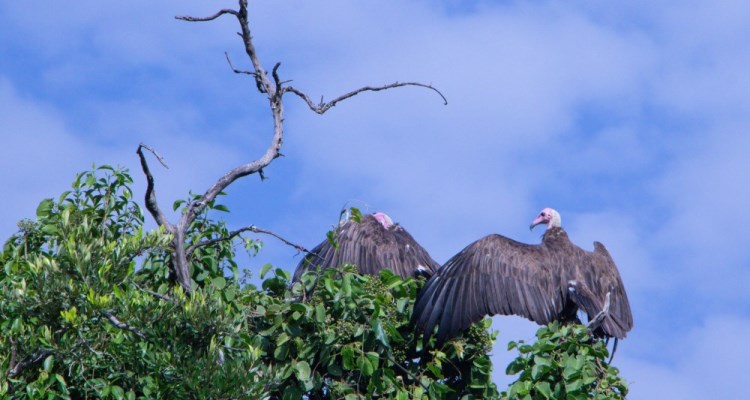
Following a life-long passion for birds of prey and after living and working with birds in the Australian outback for several years, I consider my love of birdwatching is now a very healthy addiction. I’ve been fortunate to spend time birdwatching in the Americas, Southeast Asia and on home soil in the UK, but for the sheer diversity and range of species, Africa must be the most exciting continent of all.
Recently I travelled to Tanzania, home to over 1000 species to explore the incredible birdwatching opportunities for Aardvark Safaris. I flew into Kilimanjaro Airport and set off on a journey taking us through Arusha, the Ngorongoro Crater and on to the Serengeti. Here I share some of the feathered treasures that can be found on such a trip and where and when you can see them.
The iridescent superb starling and Hildebrant’s starlings are very common in northern Tanzania and throughout Africa. The Von Der Decken’s hornbill is one of five species of hornbill I encountered. The male photographed has learnt that Little Chem Chem is a safe place to hunt for insects and is not worreid by people, making for incredible photographic opportunities.
Hornbills are fascinating birds with unique traits and behaviours. The southern ground hornbill can be found in both Tarangire National Park and the Serengeti, and the most famous of all the African grey hornbill inspired by the character Zazu in The Lion King. The red-billed hornbill is common throughout northern Tanzania. These birds are huge and incredible to see close up.
April to September is the best time to visit for a variety of birds when the migratory species avoid the northern hemisphere winters (clever birds) and head to Africa. Migratory raptors including the pallid harrier and lesser kestrel are seen regularly in the Serengeti and smaller species such as the European bee-eater also turn up at this time of year. The November and December rains provide food and cover for breeding birds and if you’re comfortable travelling with a risk of rain, this is a wonderful time (outside of peak season) to travel purely for birding.
We stayed at Kuro Tarangire , for access to Tarangire National Park, one of the smaller national parks in the north. It plays host to iconic species such as the grey crowned crane (below), the national bird of Uganda and an endangered species, alongside countless others, including the most photographed bird in Africa, the lilac-breasted roller. Raptors are numerous and both steppe and tawny eagles can be seen along with healthy populations of the critically endangered white-backed vulture. A night drive is also possible here, which provides a good opportunity to see the Verreaux’s (or giant) eagle-owl with its distinctive shocking pink eyelids. We were lucky enough to see two, including one eating its francolin kill on one of our night drives.
Lodges such as Gibb’s Farm near the Ngorongoro Crater can run private birdwatching trips with a specialist guide. The tiny ‘jewels of the bush’, such as variable and bronze sunbirds can be found in this area.
Entamanu Ngorongoro or Ngorongoro Crater Lodge are perfect locations for a decent into the crater and added to my long list of species such as Cape teal, blacksmith plover, great white pelican and both yellow-billed and saddle-billed stork. Africa’s heaviest flying bird – the kori bustard (weighing as much as a couple of crates of beer) alongside other migratory species such as the Abdim’s stork, which arrives in flocks of hundreds from October until April.
Greater and lesser flamingos are big draws for the region and are best seen during their breeding season between October and December. They can still be seen outside of those times on both bodies of water in the crater and on Lake Ndutu. They are attracted by the microorganisms flourishing in the lake brine created by the alkaline salt water. Other waders can be seen alongside them, such as avocet and the black-winged stilt.
As I move through the Serengeti I am greeted with sightings of the wonderfully ornate chestnut-bellied sandgrouse lying low and the stunning southern red bishop, a small and bright red passerine, that alights on the top of nearby branches. A real highlight and endemic for the region is the Fischer’s lovebird, which can be seen and heard in small flocks mainly around hollow trees which they use to nest in.
In the north we stayed at Lamai Serengeti, home to some interesting species, including the stunning violet-backed starling. The Mara River is a good spot for the pied kingfisher and the world’s largest living heron, the goliath heron. Here I managed to spot the critically endangered martial eagle, hooded vulture and white-headed vulture. At Lamai itself, there was a lot of birdlife with sightings of the lesser striped and wire-tailed swallows.
I had a wonderful trip and I think even a beginner birdwatcher could easily see upwards of 200 species in a couple of weeks here. My favourite sighting were the vultures. Although often overlooked as a group or thought to be an ugly bird they are dear to my heart as the most endangered group of birds on earth and essential for a healthy ecosystem. We were lucky enough to see everything from the smaller hooded vulture to the enormous lappet-faced vulture that has a wing span of over nine feet as well as the impresssive Ruppell’s griffon.
I’m a firm believer that anyone, no matter how casually, can take an interest in birds. They’re a group of animals that often surprise people. A good set of binoculars, preferably 10 x 42 or greater is a must for bird spotting and if you’re travelling with others, it is worth having a set each.
What Next?
Aardvark Safaris help plan every type of safari from family and beach holidays to riding and primate safaris. Do get in touch – chatting to people by phone or email is what we do best. We listen, we explain, we answer all sorts of questions even those you didn’t know to ask, and finally we make suggestions. If this is your first time to Africa or your twenty first, we have a team standing by to help make the planning easy and the journey the best ever. Please get in touch whatever stage you’re at.
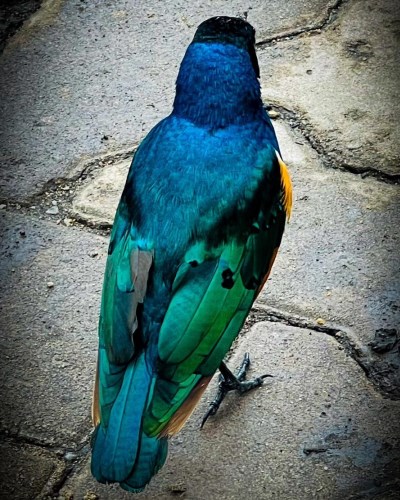





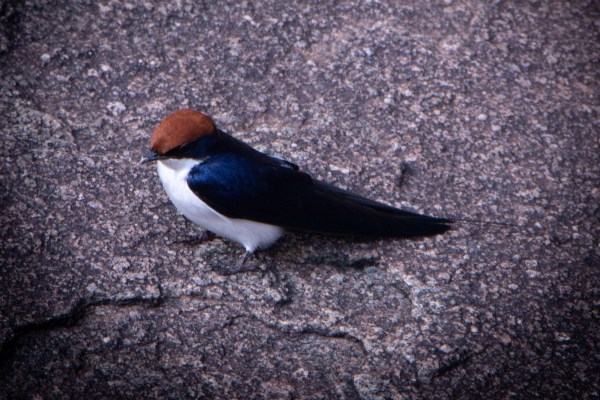
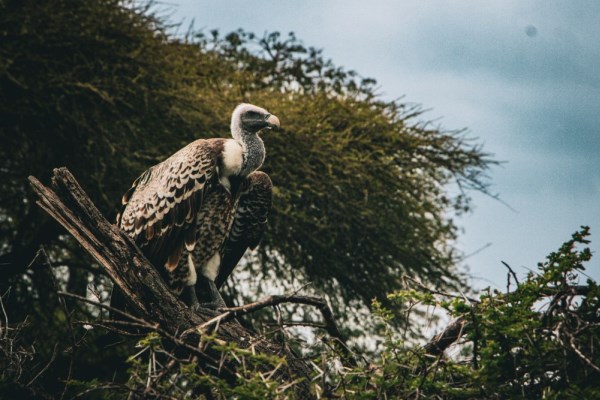

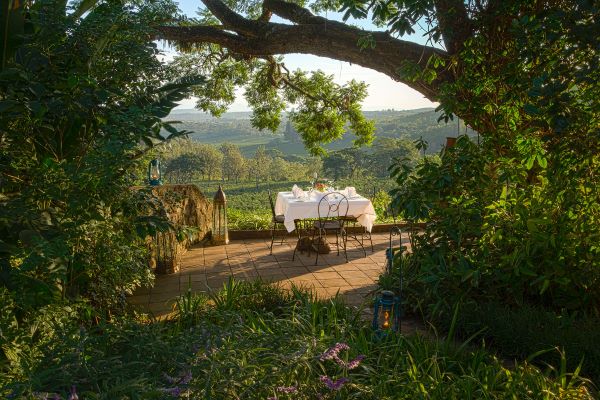
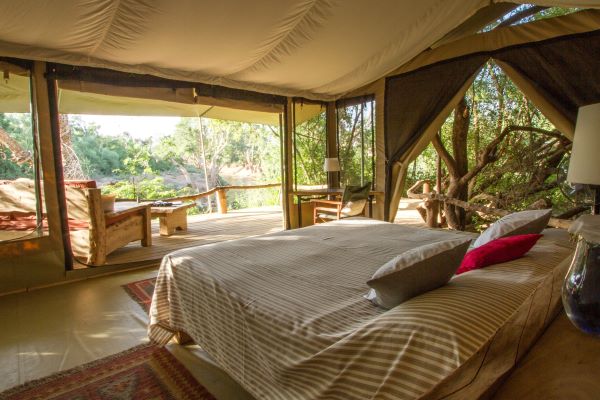
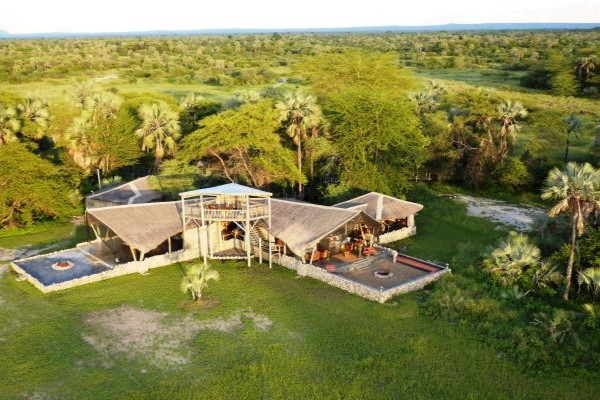
Leave a Reply